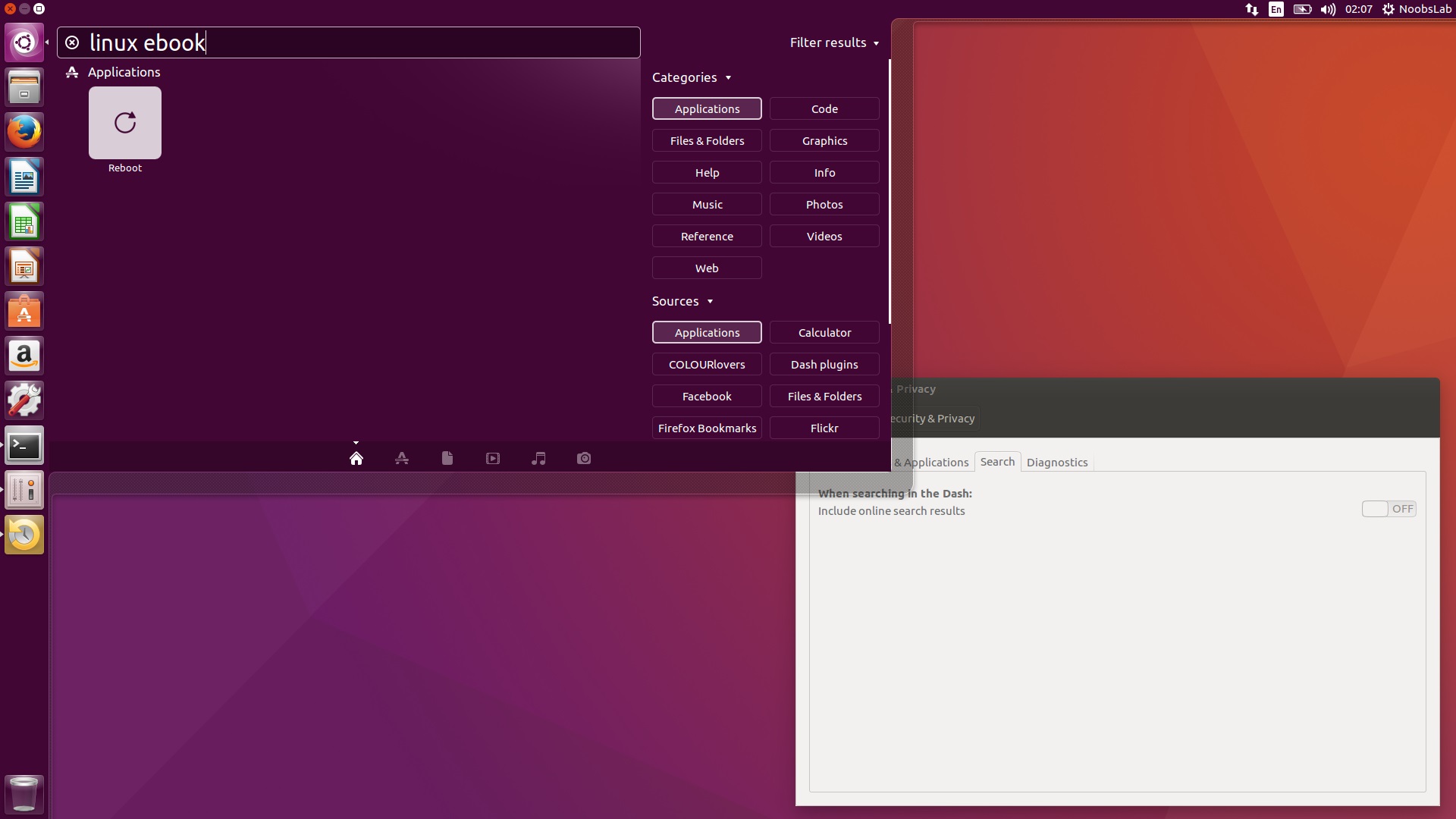

- #Ubuntu logical volume manager 16.04 server how to#
- #Ubuntu logical volume manager 16.04 server install#
It does not store any personal data.Because volume groups and logical volumes aren’t physically tied to a hard drive, it makes it easy to dynamically resize and create new disks and partitions. In addition, LVM can give you features that your file system is not capable of doing. The cookie is set by the GDPR Cookie Consent plugin and is used to store whether or not user has consented to the use of cookies. The cookie is used to store the user consent for the cookies in the category "Performance". This cookie is set by GDPR Cookie Consent plugin. The cookie is used to store the user consent for the cookies in the category "Other. The cookies is used to store the user consent for the cookies in the category "Necessary". The cookie is set by GDPR cookie consent to record the user consent for the cookies in the category "Functional". The cookie is used to store the user consent for the cookies in the category "Analytics". These cookies ensure basic functionalities and security features of the website, anonymously.

Necessary cookies are absolutely essential for the website to function properly. We have created a set of drive chunks with the help of LVM. Use the following command to scan Logical Volumes # lvmdiskscan -l LV Creation host, time ubuntu-VirtualBox, 15:53:04 +0530 LV UUID HIHbwx-q02y-euJn-ILzZ-kJdf-QrfU-vJDTKa VG UUID u7a2ko-lBKT-tREq-HVg0-DPeN-rltd-ZB5O3s PV UUID eGMc5G-B3Zl-TWyw-4Z8V-5yNt-5jTT-JXtAKX PV UUID MTcB8p-ipiE-H3Rq-0xvE-DbAY-GRdl-0L207A The size will be the exact file system size that you will be able to use in real-time. Now time to create Logical volumes, define specific sizes. We require to assign a name to the volume group. Physical volume "/dev/sdc" successfully created.Ĭreate a new volume group with created physical volumes. Physical volume "/dev/sdb" successfully created. We require at least two empty drives to create LVM partitions. Run the fdisk command to see what we have.
#Ubuntu logical volume manager 16.04 server install#
# apt install lvm2ĭisplay what drives can be managed with LVM # lvmdiskscan I have added one additional hard drive to create and explain the LVM scenario.Ĭheck what we have in storage, have a look. Here, for testing purposing, I will be using VirtualBox installed Ubuntu 21.04 machine. Logically Logical Volumes are equal to the partition on a physical device. This is the layer with which users will be interacting. Now, a group of Physical volumes altogether can be sliced into any number of Logical Volumes. Volume group extracts all defined features beneath Physical Volumes. This combines groups to act as a single drive. LVM combines physical volumes into a pool of storage which is called a Volume group. The very first building of LVM creation, basically physical block drives are called Physical volume here. For the production environment, it is recommended to keep Logical Volumes provisioning all the time. These slices can be added to the desired file system when required. Such volumes can be considered as slices of the hard drive. What all Local Volumes do is that it create chunks of hard drives which are known to be logical volumes. For critical file systems like / or /etc, it will be complicated to expend if no Logical Volumes provisions are taken care of initially. While working in the live production environment it’s very obvious to get out do space sometimes.
#Ubuntu logical volume manager 16.04 server how to#
Welcome back! Here today we are going to learn how to configure LVM or Logical Volume Manager with Ubuntu 21.04.


 0 kommentar(er)
0 kommentar(er)
